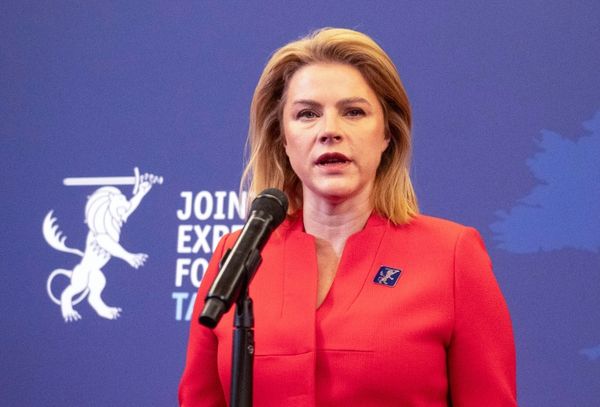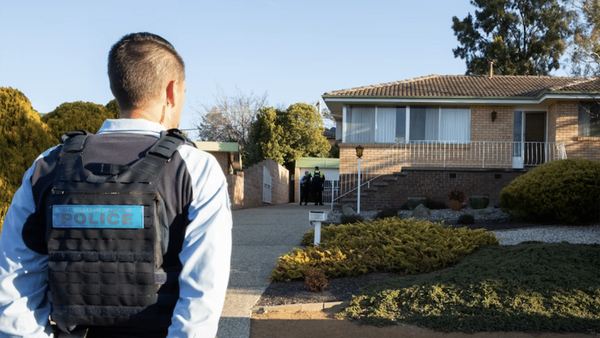Historians have found fascinating similarities between the early medieval copperplate inscriptions of eastern India and the Parchment charters of Scotland, which were meant for recording the donation of land by the kings/royal officers to religious institutions or individuals. There are generic similarities in the way these early medieval settlement records have been conceived and in their language. While the language in the copperplates in India is Sanskrit, in the case of the Scottish Parchments drawn on cattle skin, the language is Latin.
The details of the study have been published in a book titled Copper, Parchment and Stone: Studies in the sources for landholding and lordship in early medieval Bengal and medieval Scotland, the outcome of a British Academy funded project brought out in November by the Glasgow University Press.
It was during one of the visits to Asiatic Society, when John Reuben Davies, Senior Research Fellow in Scottish History, School of Humanities at University of Glasgow, was struck by the similarities.
“There are striking compositional similarities where the name of the king [donor] and the subject whom the land is awarded [donee] are clearly mentioned,” Prof. Davies said.
Though these early medieval texts were used for similar purposes about 6,000 miles [9,600 km] apart, one is surprised by the stark resemblance they exhibit. “In Sanskrit the word for gift of land is Daanam whereas in Latin it is Donum.” Prof. Davies observed.
While exploring the similarities between these two textual documents spread across 6 CE to 13 CE, Prof. Davies got in touch with Swapna Bhattacharya, a pioneer in the study of comparative significance of Latin and Sanskrit sources, towards understanding the historic polities in Europe and South Asia.
“Our joint project has been an exceptional one, as Indian and European scholars have worked together to explore commonalities between two regions as distant from one another — in many senses — as early medieval Bengal and medieval Scotland. Both belong to the same great ethno-linguistic family of Indo Europeans,” Prof. Bhattacharya, formerly associated with the University of Calcutta (CU), Department of South and South East Asian Studies, wrote in the book.
Both these historical sources display intricate similarities in the way the boundary clauses of each charter or copper plate are delineated, Prof. Rajat Sanyal of the Department of Archaeology, CU, said, explaining that these clauses contain a detailed geographical narrative on the lactation of the gifted land and its surrounding natural and built environs.
The book contains a couple of chapters on boundary clauses. The Indian sources have been dealt with by Prof. Sanyal and Prof. Suchandra Ghosh of the Department of Ancient Indian History and Culture (AIHC, CU), while the Scottish sources are authored by Joana Tucker. Not just the name of the king but also the beneficiary along with his religious affiliation are mentioned in both charters, Prof. Ghosh said. Both types of texts are very important historical sources to understand the rural settlement of the early medieval period.
“A study of boundary clauses allows us to understand the nature of rural settlements of different kinds. The inscriptions from Bengal tell us that even non-Brahmin occupational groups had land holding in the early medieval period,” she added.
Prof. Sayantani Pal of AIHC (CU), who also contributed to the publication running to over 270 pages, said the Indian charter contained a small prasasti (eulogy) segment, their format changing over time. These eulogy sections talk about the genealogy and the political achievements of the king. Prof. Dauvit Broun in his chapter on the genealogy of the Scottish charters has demonstrated, on the other hand, the characteristics of the narratives of the genealogy of the kings.
Prof. Davies said the Scottish charters have a separate eulogy dedicated to a detailed statement on the king’s sovereign status. What is also very interesting is the names of places in most of Scottish and Indian charters have survived almost a millennium later. For instance, a copperplate inscription of the 6th century talks of a village Shalmalivataka in the Bardhaman region of Bengal. Interestingly, the village still survives as Mallasarul, the fine-spot of the inscription along with its neighbouring settlements. Prof. Sanyal said there are numerous such places surviving in the countryside of Bengal.
Post this publication, historians from both the countries are keen on taking the work further by excavating some of the sites prominently named in Bengal and Scottish charters to study the nature of rural settlements in early medieval period.







